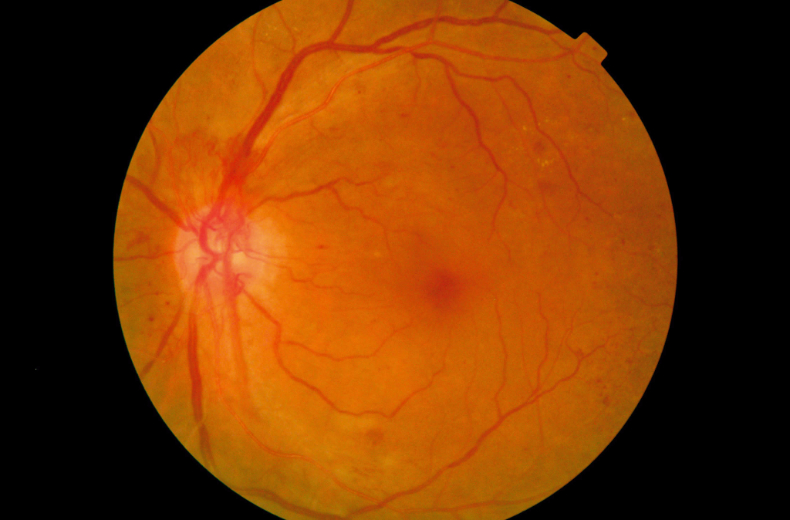
Dreamies investigation proves that the treats are irresistible to cats
The campaign by Adam&EveDDB concludes that the only cats who don’t love the pet treat are human Cats
Eyeagnosis


Smartphones do everything for us, from ordering our shopping to snapping a good selfie and even counting the number of steps you walk. They tell you things about yourself you didn’t even realise you needed to know.
Now a sixteen-year-old girl has gone one step further and created Eyeagnosis, a 3D printed lens that attaches to your smartphone. The lens works in conjunction with an app to diagnose diabetic retinopathy, a life changing eye disease.
Kavya Kopparapu trained an AI system to identify the disease from photos, drastically reducing the diagnosis time for patients. A normal examination by a doctor would take anything up to two hours and requires a specific camera to photograph the retina.
Kopparapu recognised the issue after she noticed her grandfather, who lives in a small village in East India, experiencing symptoms of the disease. Diabetic retinopathy is the most common cause of vision loss in people with diabetes, but it is the lack of a quick diagnosis that can make the disease so difficult to treat.
To create the lens and accompanying app, Kopparapu spoke to as many experts as she could, from the worlds of medicine and smart tech, as well as harnessing her computer science skills. Her team, which includes Kopparapu’s brother and a high school classmate, used a network model developed by Microsoft researchers. They trained the AI system to recognise eye diseases by letting it search 34,000 retinal scans from the National Institutes of Health’s database.
The lens focuses the smartphone’s flash to photograph the retina and has not only successfully diagnosed the disease, but can also show up various blood vessels and details that would have originally only be seen by using fluorescent dyes.
While Kopparapu has no plans to expand as of yet, the system has proven itself to be as effective as a human doctor in diagnosing diabetic retinopathy, a significant step in the union of human skill and smart technology.
Visit Kavya Kopparapu's website to find out more.
Looks like you need to create a Creativebrief account to perform this action.
Create account Sign inLooks like you need to create a Creativebrief account to perform this action.
Create account Sign in